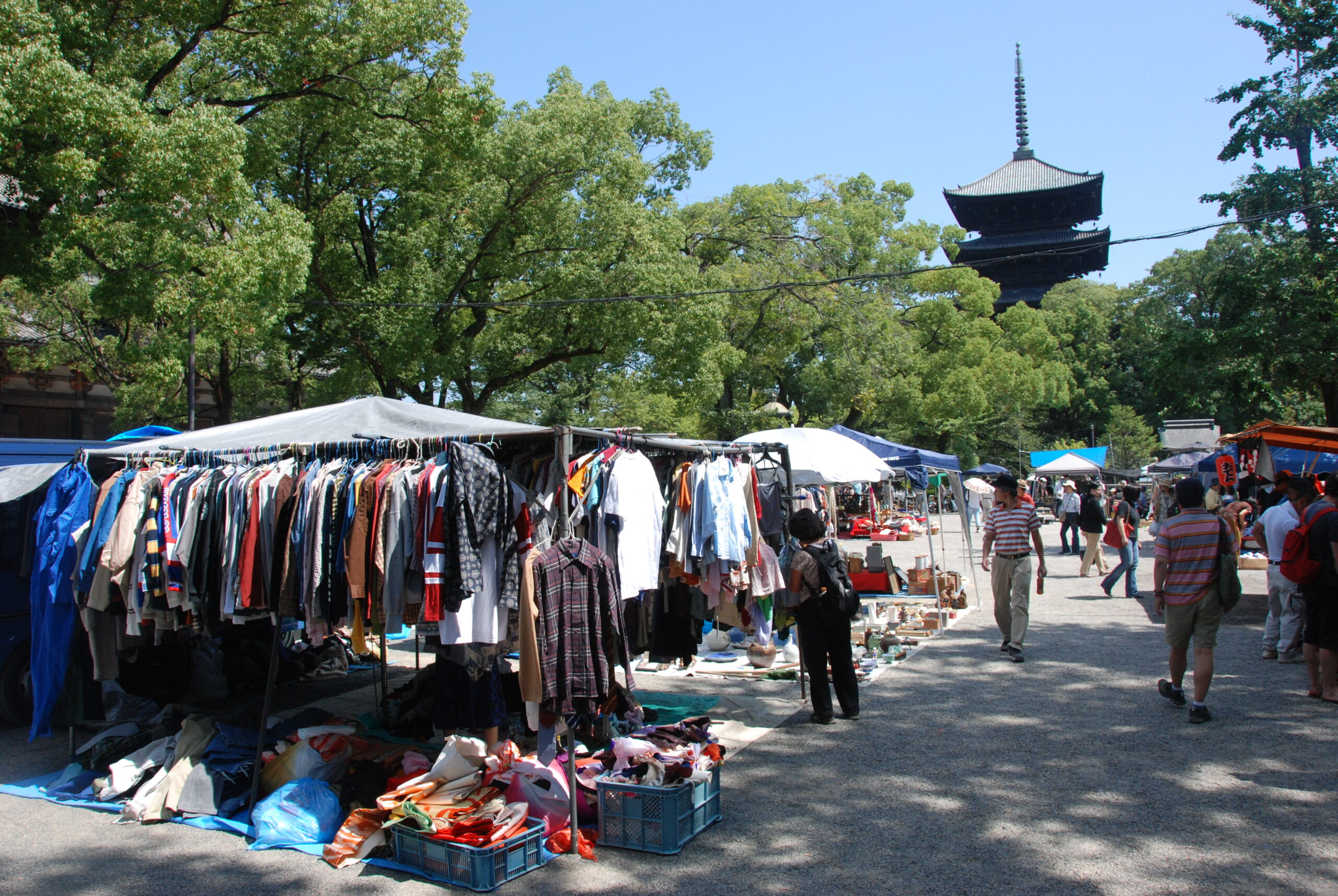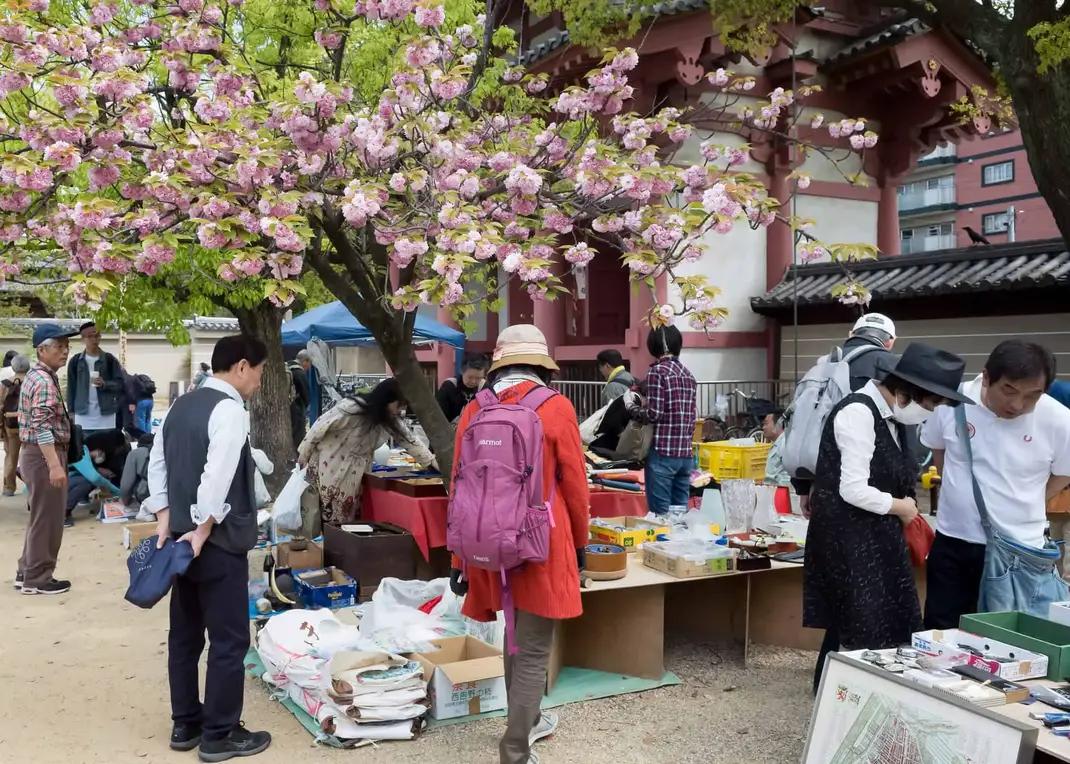Japan is home to a vibrant flea market culture, offering everything from antique kimonos to vintage toys and handcrafted goods. Whether you’re a collector, a bargain hunter, or simply curious, visiting a Japanese flea market can be a fascinating experience. In this guide, we’ll explore how to find flea markets, what to expect, general etiquette, different types of markets, and some of the most famous ones in the country.
The Culture and History of Flea Markets in Japan
Flea markets in Japan have a long history, rooted in the country’s traditions of recycling and valuing well-crafted goods. Historically, markets were common at temples and shrines, where vendors would sell second-hand kimonos, antiques, and everyday necessities. These temple-based markets, often held on specific days of the month, continue today and remain some of the best places to find unique items.
Japan has always placed importance on sustainability and craftsmanship, which is reflected in flea market culture. In the past, kimonos and household items were passed down for generations, and when families no longer needed them, they were resold rather than discarded. This practice continues, making flea markets an excellent place to find high-quality, second-hand goods.
In modern Japan, flea markets have evolved beyond antiques and traditional goods. Today, markets cater to a wide range of interests, including vintage fashion, collectibles, and even pop culture merchandise. The rise of online marketplaces like Mercari and Yahoo Auctions has slightly changed how second-hand goods are traded, but flea markets remain popular for their unique atmosphere and the chance to physically inspect items before purchasing.
How to Find Flea Markets in Japan
Flea markets, or nomi no ichi (のみの市), can be found in cities and towns across Japan. Here are some ways to locate them:
- Online Listings – Websites like Tokyo Cheapo, Fleamarketinsiders, or fmfm.jp (Japanese language only) and local event pages often have updated schedules.
- Social Media & Apps – Platforms like Instagram, Facebook, and Flea Market Japan groups provide market dates and locations.
- Temple & Shrine Markets – Many flea markets are held at temples and shrines on a monthly or seasonal basis.
- Local Tourism Offices – These often have flyers or information on upcoming markets in the area.
- Word of Mouth – Asking locals, expats, or fellow travelers can lead to great market finds.
What to Expect & What to Look For
Flea markets in Japan offer a diverse range of items, making them an exciting place to explore. Some of the most common finds include:
🛍 Antiques & Collectibles – Traditional ceramics, samurai-era relics, and Edo-period prints.
👘 Vintage Clothing – Kimonos, yukatas, and second-hand designer fashion.
🎎 Toys & Pop Culture Goods – Retro Japanese toys, anime figurines, and old manga collections.
🎨 Handmade Crafts – Locally-made pottery, textiles, and woodwork.
📷 Electronics & Cameras – Vintage cameras, audio equipment, and rare gadgets.
🏠 Household Goods – Old furniture, lacquerware, and tea ceremony items.
🍡 Food Stalls – Some markets have street food vendors selling traditional snacks and sweets.
Etiquette When Visiting Flea Markets
Observing proper etiquette will ensure a smooth shopping experience:
✔ Haggling – While not as common as in other countries, polite bargaining is sometimes acceptable, especially for bulk purchases.
✔ Cash Only – Many vendors do not accept credit cards, so bring cash, preferably in small denominations.
✔ Handling Items – Be gentle when picking up fragile antiques or trying on clothing.
✔ Respect Vendors – If you are not planning to buy, avoid excessive handling or taking photos without permission.
✔ Arrive Early – The best items are usually snapped up in the morning.
✔ Bring Your Own Bag – Some vendors do not provide bags, so carrying a reusable one is practical.
Types of Flea Markets in Japan
Japanese flea markets vary in size and theme, including:
- Temple & Shrine Markets – Traditional and antique-focused, often held at famous shrines.
- Antique Fairs – Special events dedicated to vintage and historical goods.
- Second-hand Fashion Markets – Great for finding stylish, pre-loved clothing.
- Community Markets – Local events featuring crafts, produce, and home goods.
- Pop Culture & Otaku Markets – Focused on anime, manga, and game-related merchandise.
Famous Flea Markets in Japan
If you’re looking for the best flea markets to visit, here are some must-see locations:
📍 Oedo Antique Market (Tokyo) – One of Japan’s largest antique markets, held in various locations, including Tokyo International Forum and other public spaces. It’s an excellent place to find high-quality antiques, vintage goods, and handcrafted items. Open-air and lively, it attracts collectors and tourists alike.
📍 Togo Shrine Flea Market (Tokyo) – Located in Harajuku, this market is smaller but well-curated, featuring a mix of antiques, clothing, and handcrafted goods. It takes place on the first and fourth Sundays of the month, offering a quieter, more intimate shopping experience compared to larger markets.
📍 Setagaya Boro-ichi (Tokyo) – Running since the 16th century, this historic flea market takes place twice a year (December 15-16 and January 15-16) in Setagaya. It features over 700 stalls selling everything from antiques and collectibles to local snacks and handcrafted goods. The market has a lively, festival-like atmosphere and attracts thousands of visitors.
📍 Kitano Tenmangu Flea Market (Kyoto) – Held on the 25th of each month at Kitano Tenmangu Shrine, this market is known for its mix of antiques, vintage goods, handmade crafts, and fresh produce. Visitors can also enjoy the beautiful temple grounds while browsing through hundreds of vendor stalls.
📍 To-ji Temple Flea Market (Kyoto) – Taking place on the 21st of each month at To-ji Temple, this is one of Kyoto’s largest and most famous markets. It’s an excellent place to find kimonos, ceramics, antiques, and handcrafted items. The market is especially popular with both tourists and locals looking for unique and affordable treasures.

📍 Osaka Nanko ATC Flea Market (Osaka) – One of Kansai’s biggest outdoor flea markets, held at the Asia & Pacific Trade Center. It features a mix of second-hand goods, vintage clothing, home decor, and collectibles. Ideal for those looking for affordable finds in a spacious, open-air setting.
📍 Kobe Rokko Island Flea Market (Kobe) – A well-known market in the Kansai region, offering a mix of vintage and modern goods. It takes place at Rokko Island and is a favorite for those searching for unique second-hand items, retro fashion, and quirky collectibles.
Conclusion
Flea markets in Japan are more than just shopping destinations—they’re cultural experiences offering a glimpse into the country’s history and craftsmanship. Whether you’re searching for a rare antique or a unique souvenir, these markets are a treasure trove of discoveries.
Be prepared, enjoy the hunt, and you might just find something truly special!
If you’ve ever been to a flea market in Japan, feel free to share your experience with us!

